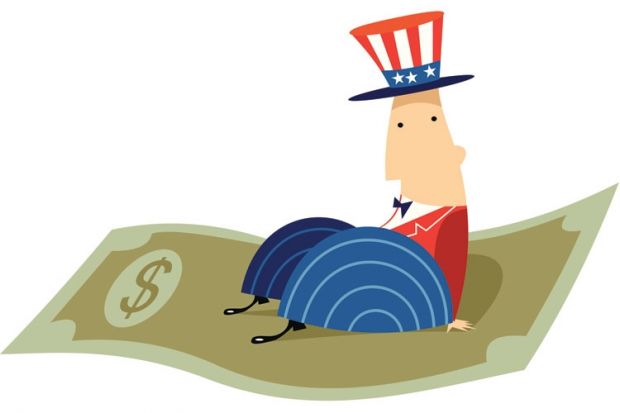The coverage of the Robbins report’s 50th anniversary was a reminder of the way higher education shapes and is shaped by government policy. Robbins established that for the UK, the extent of participation in higher education was a matter of economic and social policy: the number of young people going on to post-18 education would no longer be determined by individual aspiration, family wealth or institutional preferences.
Twenty years before Robbins, the passage of the Servicemen’s Readjustment Act of 1944 (commonly known as the “GI Bill”) had established that the US federal government could, in certain circumstances, directly affect the level and composition of student enrolment in higher education. The bill gave Washington a clear and powerful role in what had been until then a matter for state governments or the province of private institutions.
And in Australia, 25 years after Robbins, its federal government took on a leading role in the articulation of national higher education policy via reforms pioneered by education minister John Dawkins. Dawkins pursued some of the same themes as Robbins – increasing participation and articulating a belief that many more young people could and should benefit from further study. But the reforms went further, including creating a unified national system and amalgamating colleges of advanced education that had a primary teaching mission with research universities. Dawkins and his colleagues also addressed the question of affordability and introduced income-contingent student loans.
In the US, the UK and Australia, the GI Bill, Robbins and Dawkins respectively marked turning points in higher education policy. Each addressed the fundamental questions of who should participate and who should benefit. All acknowledged that there was an element of public good that would flow from increasing state investment in higher education. This social benefit legitimated the state’s decision to make university places more accessible and affordable.
There is a lot to be learned from how these shifts in the relationship between autonomous institutions and the state were designed and implemented. The successes and failings of the policies, and how they evolved, also warrant scrutiny. Contrasting them with significant policy changes in other nations would be instructive, too. The move away from racially segregated institutions in South Africa, the massive increase in participation in China over the past 15 years, the use of scholarships such as Erasmus Mundus in Europe and the Bolashak (“freedom”) awards in post-Soviet Kazakhstan are interesting counterpoints to the anglophone examples.
While there are significant contextual differences between the cases (for example, in the GI Bill’s case, the pressing need to reintegrate millions of veterans into the US economy), the environmental variables do not preclude comparisons of the rationales used to justify an increased state role in higher education. Nor do they prohibit an examination of the differences and similarities in the assumptions made by governments of different times and ideologies about young people’s capabilities and the economic and social benefits of wider participation.
Such comparisons may give us some insights into the role of the state in developing and regulating higher education, and the emerging role of supra-national entities in the academy at a time when participation globally is likely to increase and when online cross-border education is growing rapidly.
Register to continue
Why register?
- Registration is free and only takes a moment
- Once registered, you can read 3 articles a month
- Sign up for our newsletter
Subscribe
Or subscribe for unlimited access to:
- Unlimited access to news, views, insights & reviews
- Digital editions
- Digital access to THE’s university and college rankings analysis
Already registered or a current subscriber? Login
